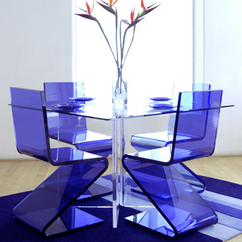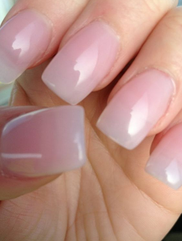Week 08: Practical Project (Material Sourcing)
- TheGoodwitch

- Sep 6, 2019
- 2 min read
For finalist list of materials, we came up with our final list:
Acrylic sheets (and scraps from the laser cutting lab)
Bristlebot parts (toothbrushes, coin cells, blutac, motors)
LEDs strips
Acrylic
We decided to use acrylics for several reasons. One because it seemed like the most practical choice and two, because of its material properties which would work really well for what we had in mind. According to this source,
acrylic (also sometimes called plexiglass) is a type of plastic called a thermoplastic. Thermoplastics, as opposed to thermoset plastics, are plastics that can be reheated (acrylic’s melting point is at 160 degrees Celsius), re-moulded and recycled with little to no effect on its quality. Today, acrylic is widely used in a lot of products ranging from art materials, food packaging, furniture, kitchen tools, beauty products and others.
Sourcing: For the acrylic, we planned to source them at Reverse Garbage and Tip Shop to keep in line with our theme of sustainability.
The Bristlebot Parts
As aforementioned here, the bots are of simple construction namely out of a toothbrush, a small motor and a battery. To put a little “twist” to the build, our electronics specialist Harish Aravind, planned on creating specific movements to the bots. Initially, he had planned for the bots to have built-in proxemics but that would all depend on what kind of sensors he could source for the project.

Sourcing:
The LEDs
Team member Tanya Menadue already had a Kitronik kit (purchased through Griffith) with a NeoPixel which would help her develop and test out the code. She would use the online Makecode platform to develop the code. However, for the final outcome, the group had decided that we needed LED strips that would be placed underneath the enclosure. We chose to use LEDs (short for Light Emitting Diode) for practical reasons namely their energy efficiency, availability, price and of course, of how they looked and shone through the acrylic.

Sourcing (for the LED strips only): Core Electronics










Comments